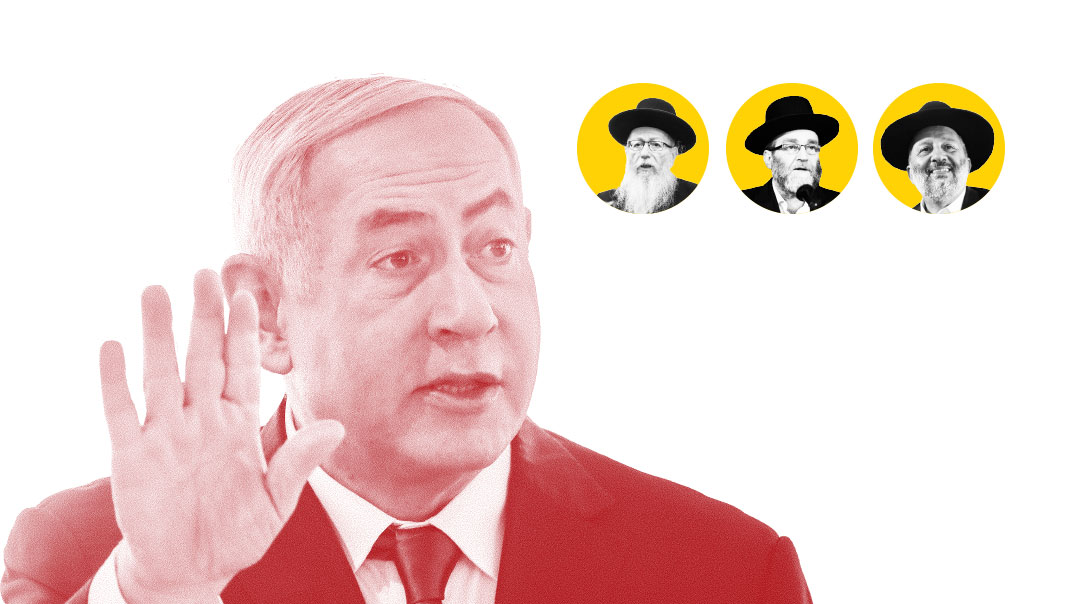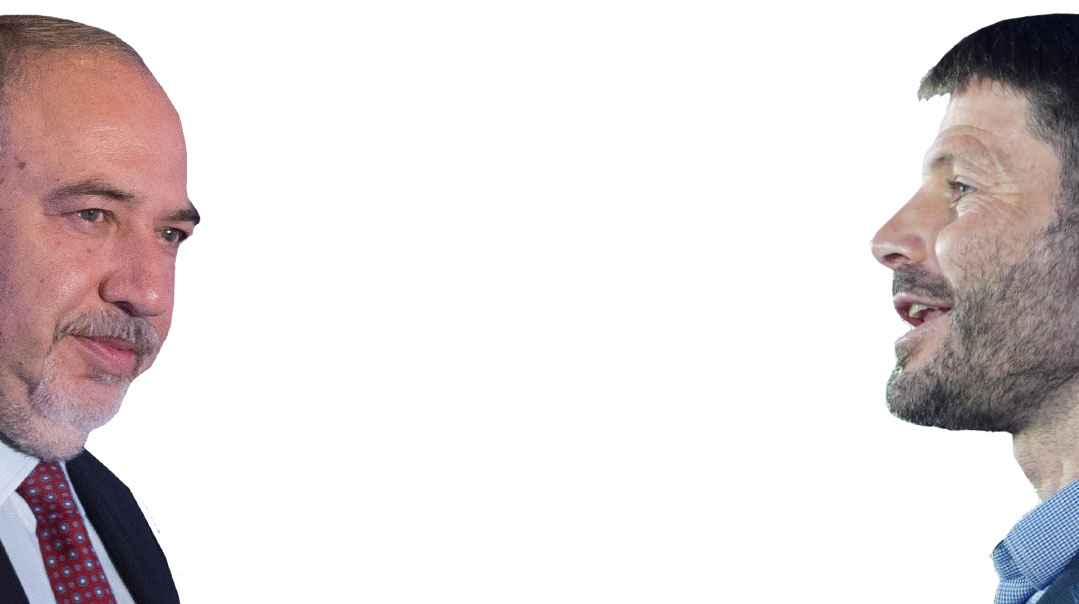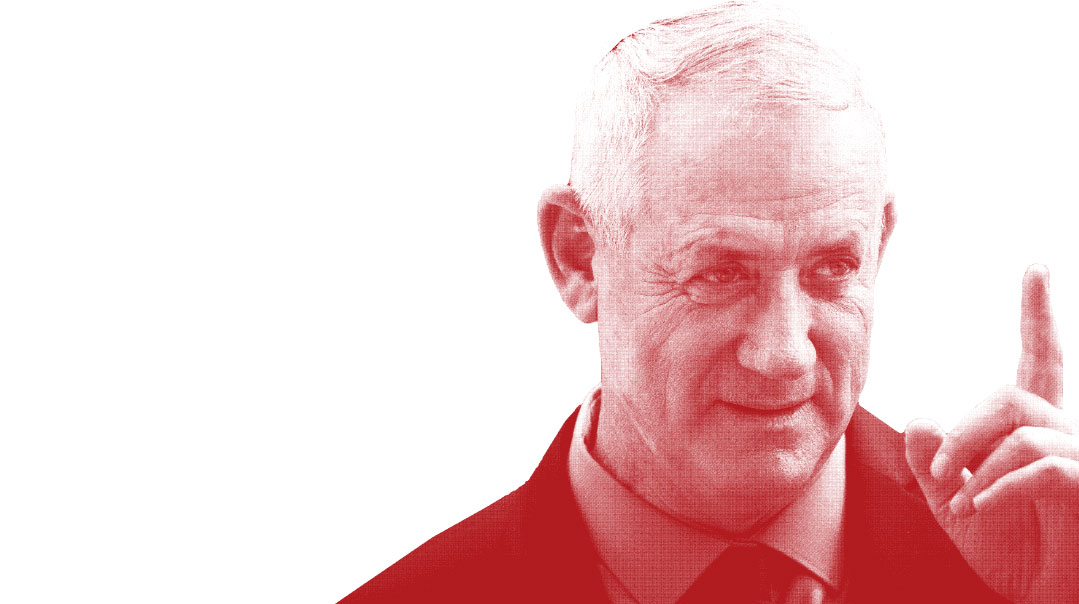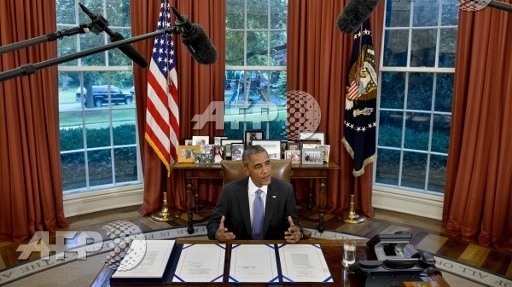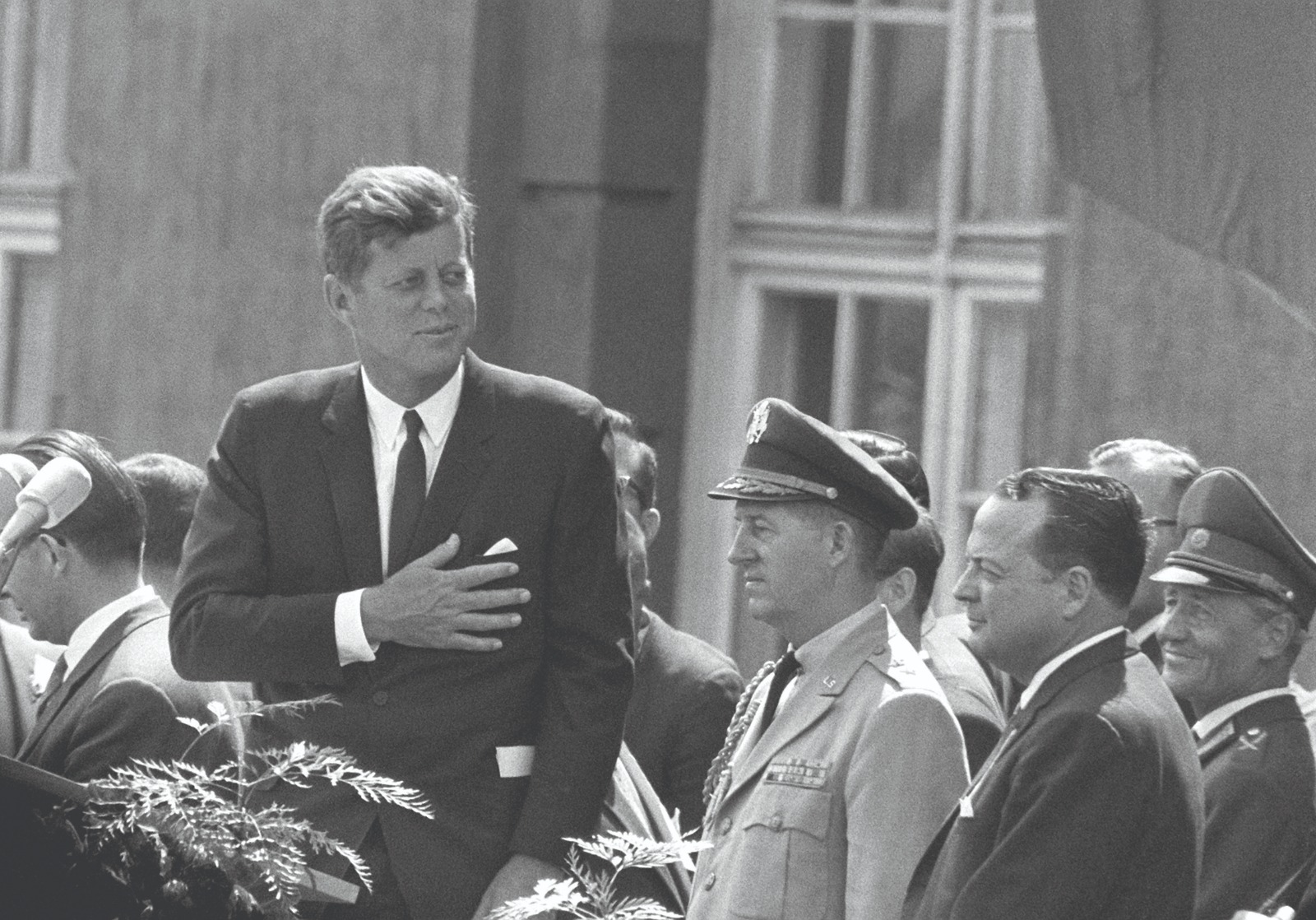The Changing Face of the Supreme Court
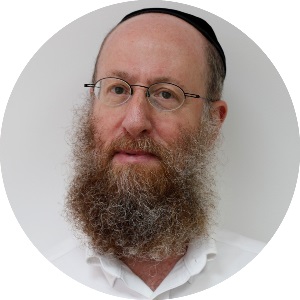
The scales of the court have tilted from the conservative to the liberal side, and the shift has been noticeable
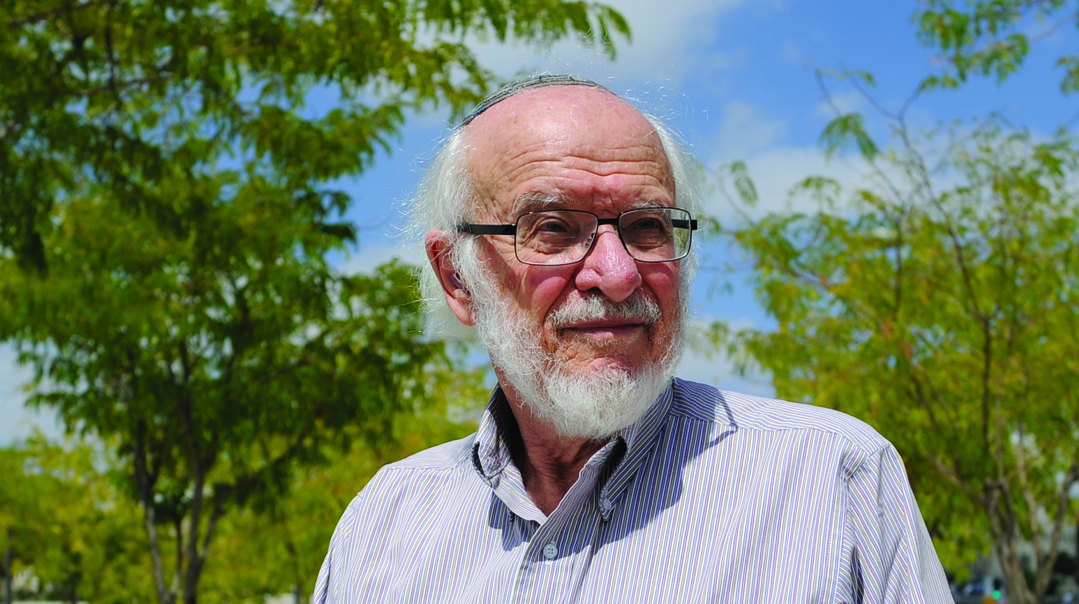
T
he 2016 presidential election will have consequences far beyond the management of the nation’s executive branch for the next four years. The 45th President of the United States may have the opportunity to nominate as many as four new Supreme Court justices, perhaps tipping the current precarious balance between liberals and conservatives.
One of the nine seats on the nation’s highest court has been unfilled since February, when Justice Antonin Scalia passed away and the Republican-controlled Senate refused to hold confirmation hearings on President Obama’s nominee, Merrick Garland.
Three more justices — Ruth Bader Ginsburg (83), Anthony Kennedy (80), and Stephen Breyer (78) have reached, or exceeded the average age at which Supreme Court justices have generally retired since the 1960s.
The composition of the court has changed dramatically since the early 1970s, when Richard Nixon was president and eight of the sitting justices were Republican nominees.
Today, just four are Republican picks, while four were nominated by Democrats.
The scales of the court have tilted from the conservative to the liberal side, and the shift has been noticeable. It was a creative Supreme Court ruling that rendered Obamacare constitutional, and whose liberal leanings have paved the way for more states to permit alternative forms of marriage, thereby threatening religious institutions with financial or legal sanctions for refusing to subordinate their religious beliefs to the whims of the alternative lifestyle crowd.
During the Supreme Court’s winter session, justices will consider a critical case of religious freedoms when it hears arguments in the case of Trinity Lutheran Church of Columbia, Inc. v. Pauley. Briefly, the church has asked the Supreme Court to overturn a decision by the state of Missouri, which argued that it would be unconstitutional to include a parochial school in a state program that provides funding to resurface playgrounds — a critical child safety issue.
In addition to cases of separation of church and state, during the next four years the Supreme Court is likely to issue rulings on cases ranging from gun control, abortion rights, affirmative action — all issues of great interest and concern to America’s Orthodox Jewish community.
With that in mind, Mishpacha interviewed attorney Nathan Lewin of the Washington DC base of Lewin and Lewin, LLP. Mr. Lewin has engaged in trial and appellate litigation in federal and state courts for 45 years and has argued some 28 cases before the Supreme Court, where he has faithfully represented the interests of religious organizations.
The interview was conducted before the presidential election, and therefore considered the various election outcomes and what impact the new president will have on the court.
Oops! We could not locate your form.







